Chuya sea buckthorn from a hundred diseases
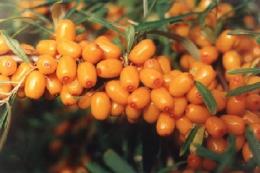
In Russia, they began to try to grow sea buckthorn only in the 19th century, although its leaves and twigs were used back in Ancient Greece. Modern varieties of sea buckthorn became widespread only 40-50 years ago. This tree is a dioecious, wind-pollinated plant with unisexual flowers. It should be grown so that there are plants of different sexes on the site; it is best to arrange a “harem” of one male and several female plants, which will produce valuable berries.
Among other varieties, Chuya sea buckthorn, bred at the Siberian Horticulture Research Institute for cultivation in the Krasnoyarsk and Altai territories, Omsk and Irkutsk regions, stands out for its properties. But today it is recommended for cultivation in all regions. This variety is winter-hardy and bears fruit annually, starting from 3-4 years. The crown of the plant is compact, of medium density, with few thorns. The fruits, which ripen in August, are large, oval-cylindrical and have a high content of vitamin C (134 mg/100g), sugars (7.3%), acids (2.2%), carotene (3.7 mg/100g) and oils (2.9%).
Of course, Chuya sea buckthorn, like all other varieties, also contains flavonoids, thiamine, riboflavin, folic acid, vitamins E, K, P and minerals, including manganese, magnesium and iron. Sea buckthorn is not only tasty, but is also a very healing plant. It is useful for preventing strokes and heart attacks, strengthening the heart muscle, increasing the elasticity of the walls of blood vessels and strengthening the immune system.Sea buckthorn oil is of particular value, used not only to treat burns and bedsores, but also gastritis, ulcers, senile cataracts, hypertension, anemia, and gynecological diseases.

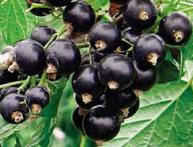
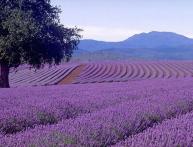
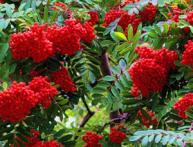
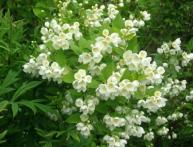
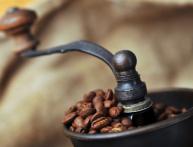
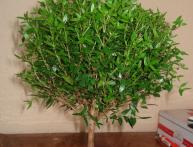
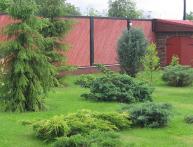
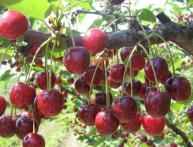
Comments
We have sea buckthorn growing, but we had to plant a male plant as well, otherwise fruiting would be questionable for the female plant. However, there is a problem: a lot of unnecessary growth shoots up from the roots.
I spent a lot of time growing different varieties of sea buckthorn. Naturally, in winter there was often jam and compotes made from it on the table, I would not say that this had any effect on the immune system and the incidence of colds.